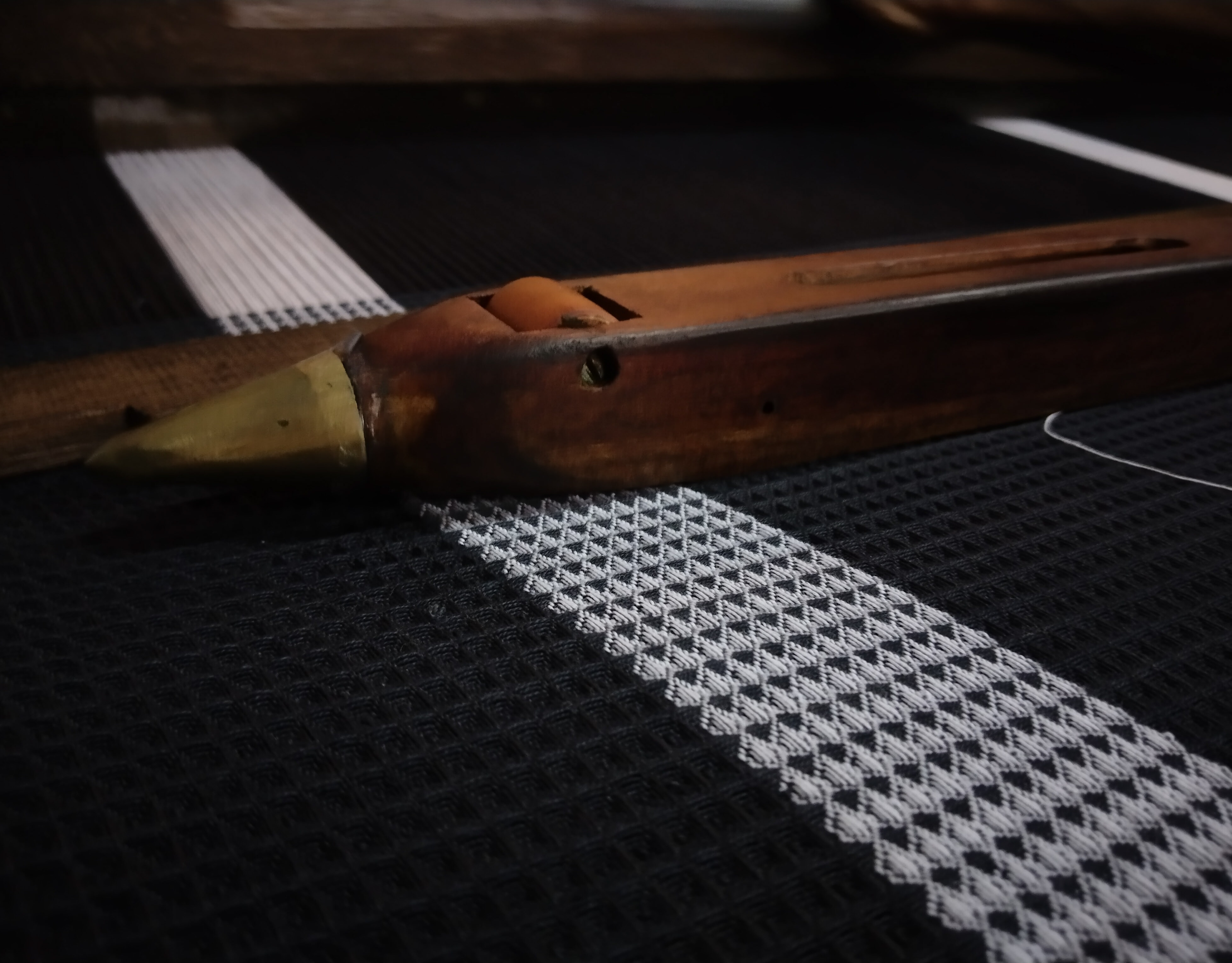This collection represents an exploration of textile craftsmanship undertaken during my Bachelor of Design in Textile Design at NIFT Kannur. It highlights a diverse range of techniques, from traditional hand processes to contemporary applications, demonstrating a fusion of material experimentation and surface design.
TIE AND DYE
Tie & Dye is an ancient resist-dyeing technique where fabric is folded, twisted, pleated, or bound with threads before being dyed. The bound sections resist the dye, creating intricate patterns. This method is widely practised in cultures around the world, including India (Bandhani and Leheriya), Japan (Shibori), and West Africa (Adire).
Tie & Dye is an ancient resist-dyeing technique where fabric is folded, twisted, pleated, or bound with threads before being dyed. The bound sections resist the dye, creating intricate patterns. This method is widely practised in cultures around the world, including India (Bandhani and Leheriya), Japan (Shibori), and West Africa (Adire).

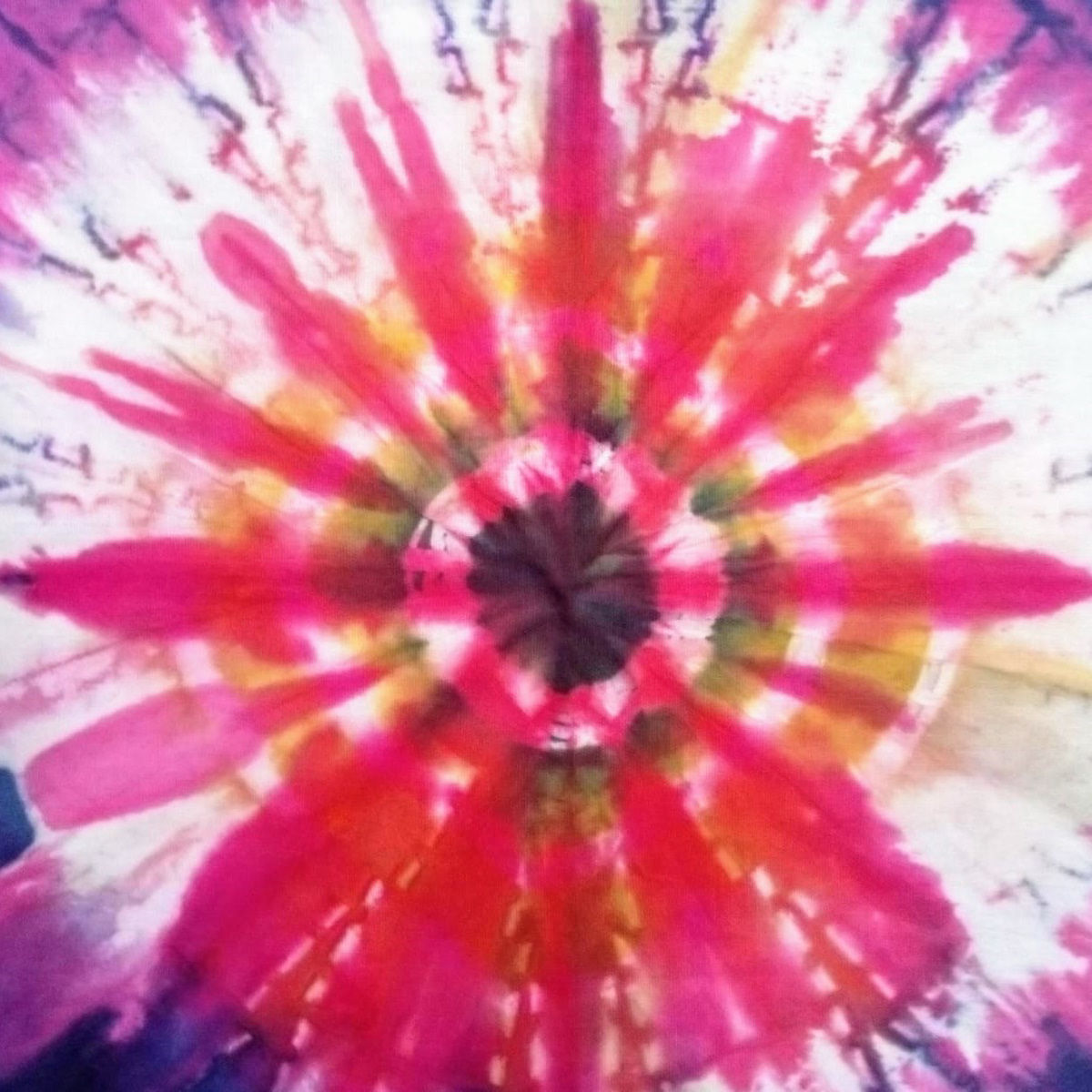

Process of Tie and Dye
Pre-treatment of the fabric is done to remove any dust and starch from the fabric.
Tying & Binding Techniques
• Bandhani (Indian Tie & Dye) – Small fabric sections are tied with thread to create circular patterns.
• Shibori (Japanese Technique) – Various folding, pleating, and binding methods create diverse designs.
• Layered Dyeing – Combining multiple dips in different colours to create gradient effects.
• Innovative Binding – Experimenting with elastic bands, wooden blocks, and stitched resist for intricate motifs.
• Textural Play – Using crushed and pleated fabric to introduce depth and dimensionality.
Knot & Twist Techniques – Simple knots, spirals, or crumpling methods result in organic, fluid designs.
Pre-treatment of the fabric is done to remove any dust and starch from the fabric.
Tying & Binding Techniques
• Bandhani (Indian Tie & Dye) – Small fabric sections are tied with thread to create circular patterns.
• Shibori (Japanese Technique) – Various folding, pleating, and binding methods create diverse designs.
• Layered Dyeing – Combining multiple dips in different colours to create gradient effects.
• Innovative Binding – Experimenting with elastic bands, wooden blocks, and stitched resist for intricate motifs.
• Textural Play – Using crushed and pleated fabric to introduce depth and dimensionality.
Knot & Twist Techniques – Simple knots, spirals, or crumpling methods result in organic, fluid designs.
Dyeing
The fabric is submerged in dye baths, with multiple dips enhancing colour intensity. Direct dyes were used for the dying process. The dye powder and salt are added to water and mixed well till the dye is completely dissolved. The samples are dyed there.
The fabric is submerged in dye baths, with multiple dips enhancing colour intensity. Direct dyes were used for the dying process. The dye powder and salt are added to water and mixed well till the dye is completely dissolved. The samples are dyed there.
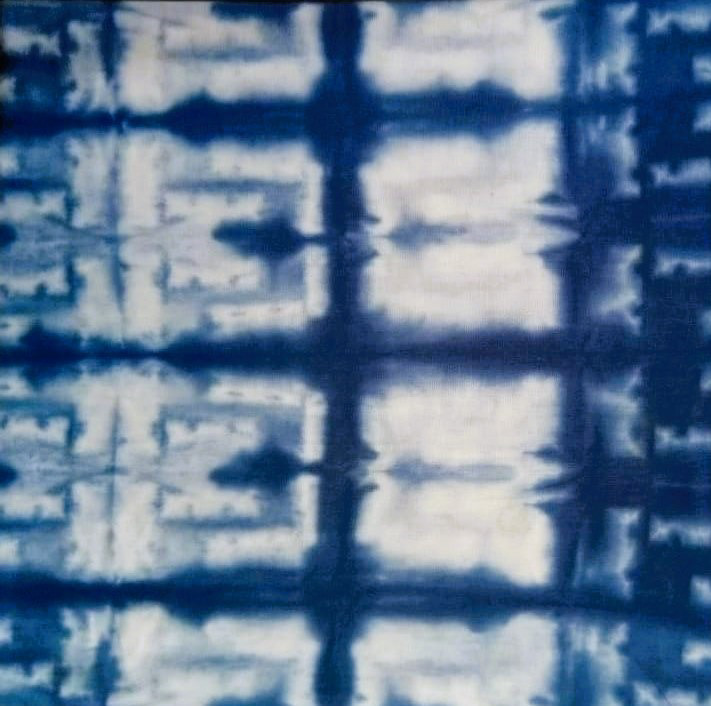

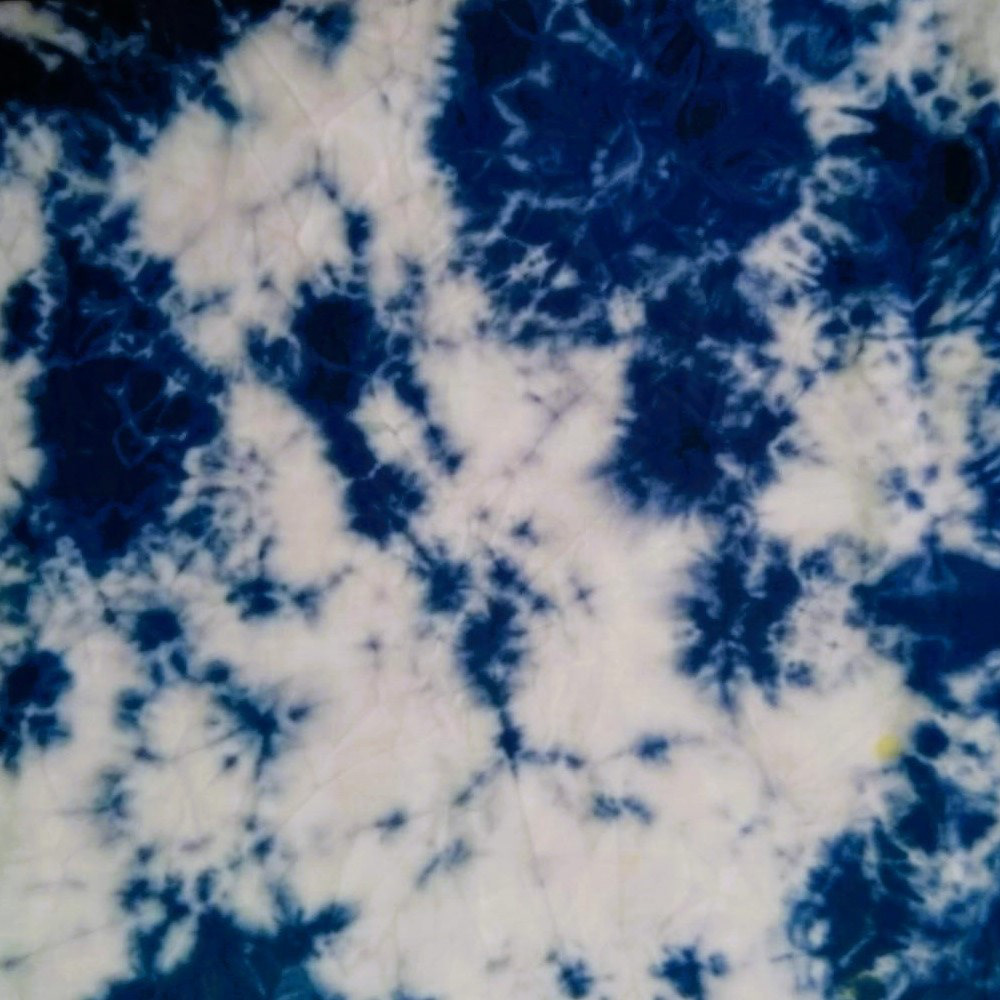

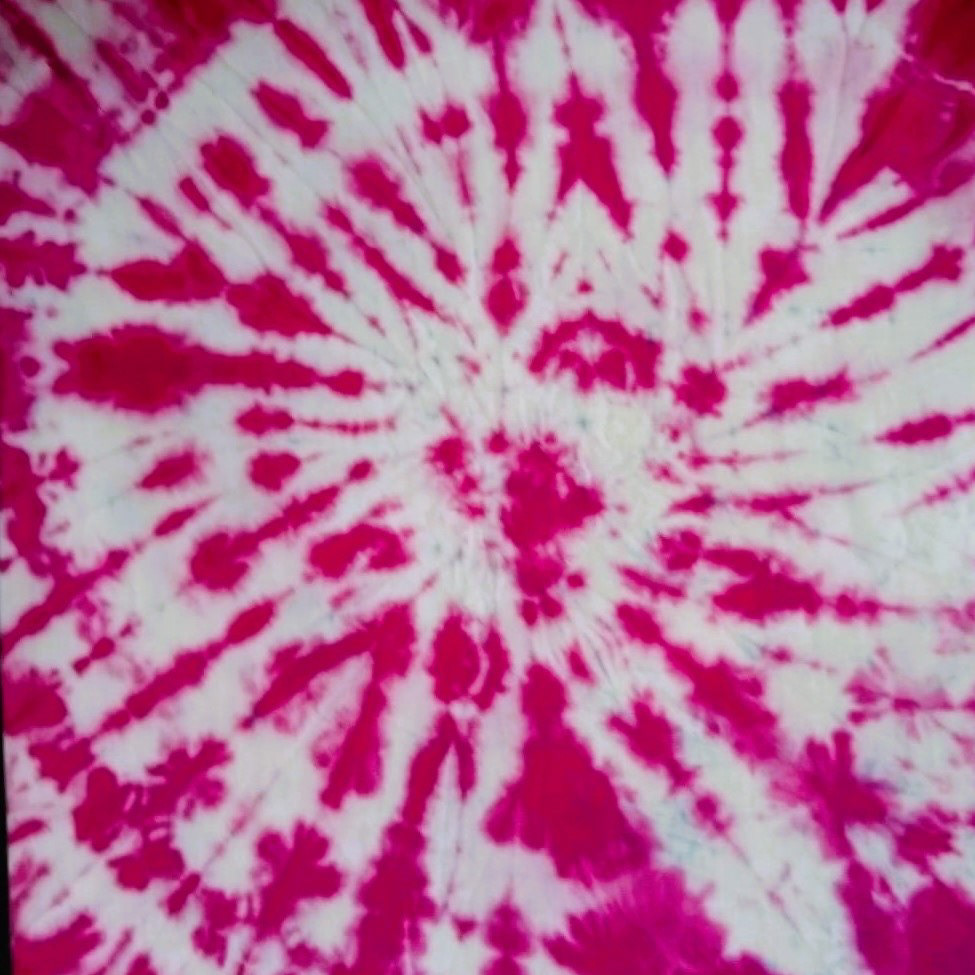
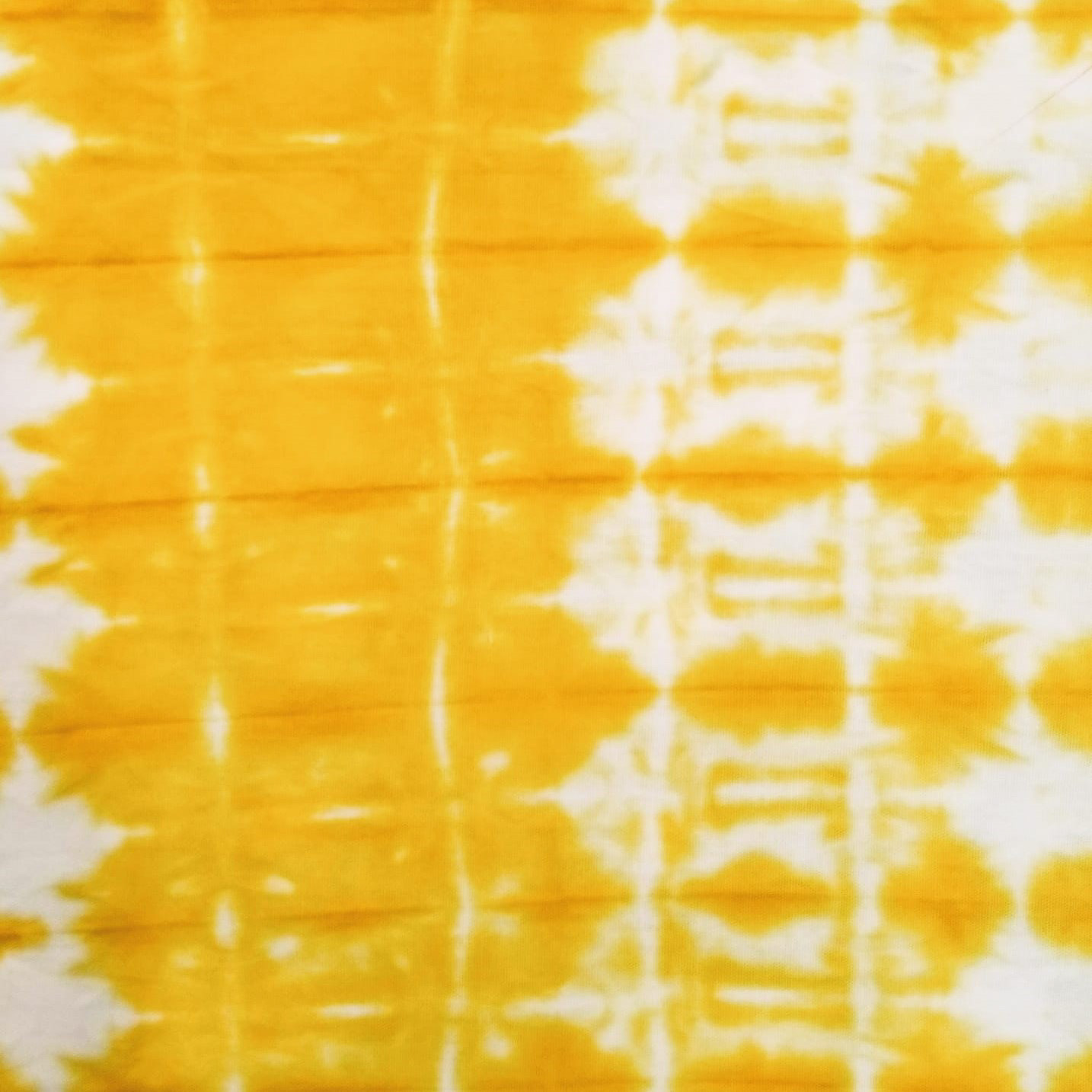
HAND EMBROIDERY
Hand embroidery is an expressive technique where every stitch contributes to the character of a textile. With roots in global traditions—from Indian Zardozi and Kantha to French Tambour and Japanese Sashiko—hand embroidery showcases craftsmanship and cultural narratives.
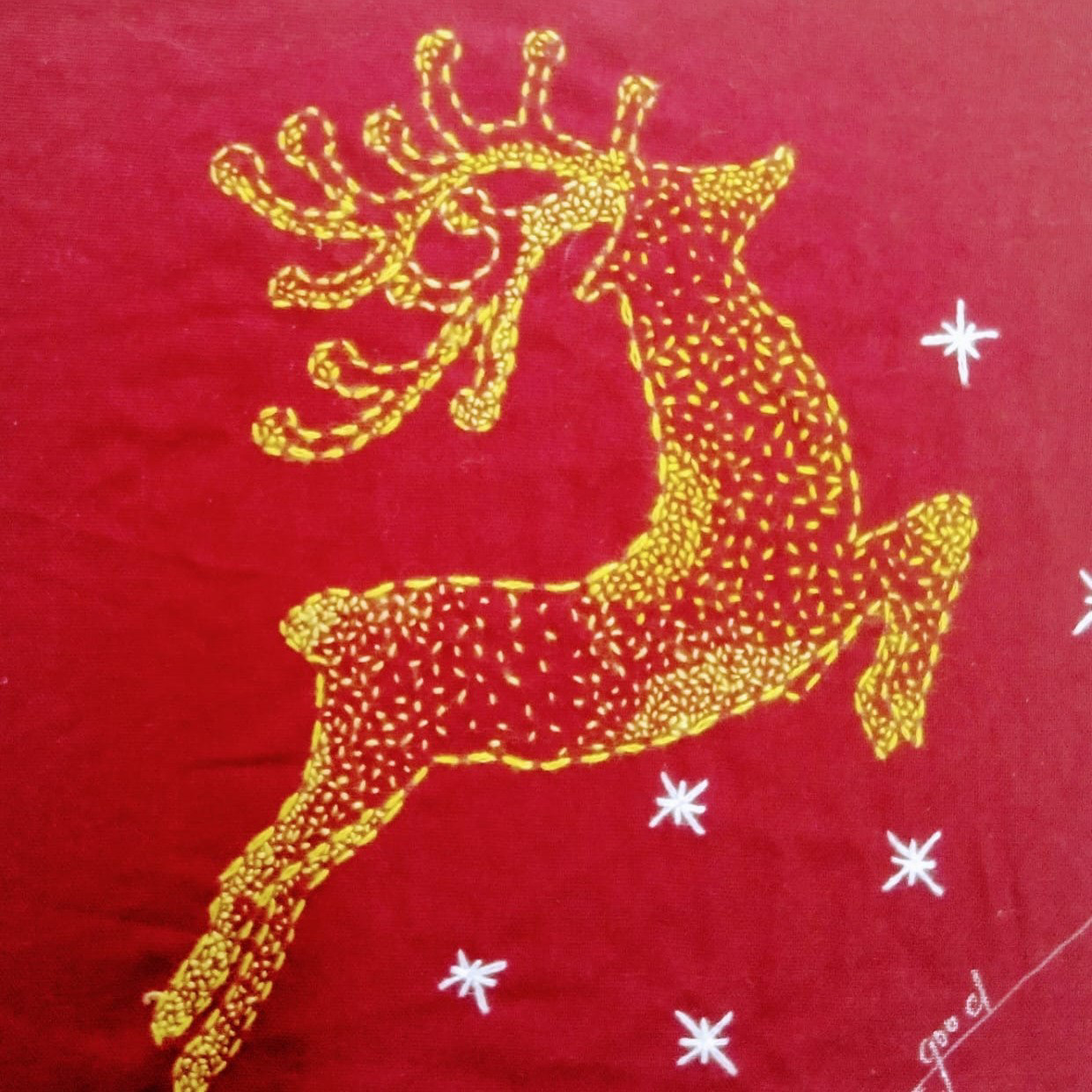

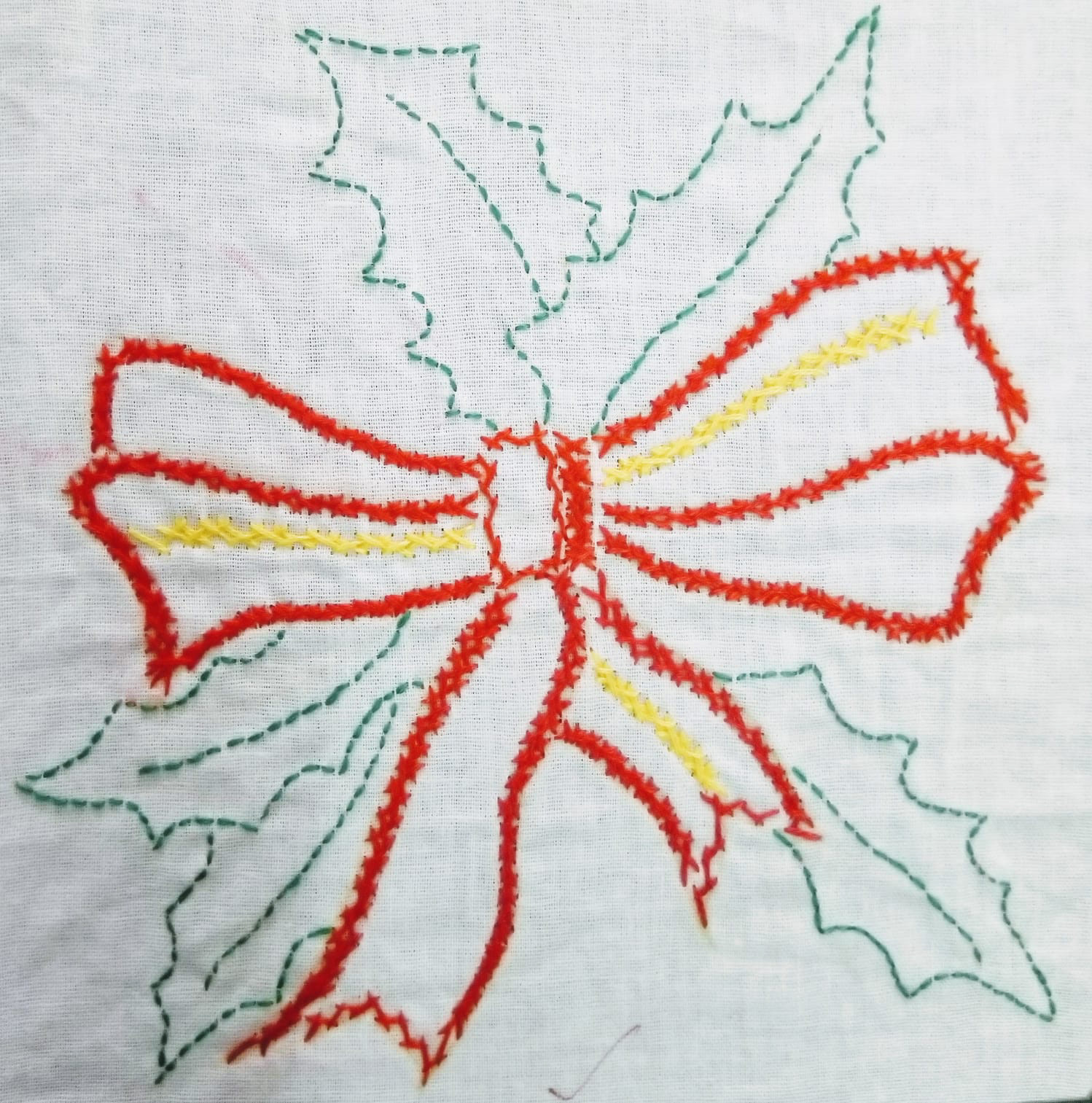
Process of Hand Embroidery
Fabric Preparation – The chosen fabric is stretched on an embroidery hoop or frame to ensure stability.
Design Transfer – The embroidery pattern is transferred using tracing, hand sketching, or block printing.
Fabric Preparation – The chosen fabric is stretched on an embroidery hoop or frame to ensure stability.
Design Transfer – The embroidery pattern is transferred using tracing, hand sketching, or block printing.
Stitching Techniques
• Running Stitch & Back Stitch – Used for outlining and linear details.
• Satin Stitch & Long-and-Short Stitch – Creates smooth, filled areas for motifs.
• French Knots & Bullion Knots – Adds texture and dimension.
• Chain Stitch & Herringbone Stitch – Popular in traditional textiles like Kashmiri crewelwork and Kantha embroidery.
• Thread & Material Selection – Cotton, silk, metallic, and woollen threads are chosen based on the desired effect.
• Finishing & Detailing – The final piece is reinforced, washed, and sometimes embellished with beads, sequins, or mirror work.
• Running Stitch & Back Stitch – Used for outlining and linear details.
• Satin Stitch & Long-and-Short Stitch – Creates smooth, filled areas for motifs.
• French Knots & Bullion Knots – Adds texture and dimension.
• Chain Stitch & Herringbone Stitch – Popular in traditional textiles like Kashmiri crewelwork and Kantha embroidery.
• Thread & Material Selection – Cotton, silk, metallic, and woollen threads are chosen based on the desired effect.
• Finishing & Detailing – The final piece is reinforced, washed, and sometimes embellished with beads, sequins, or mirror work.

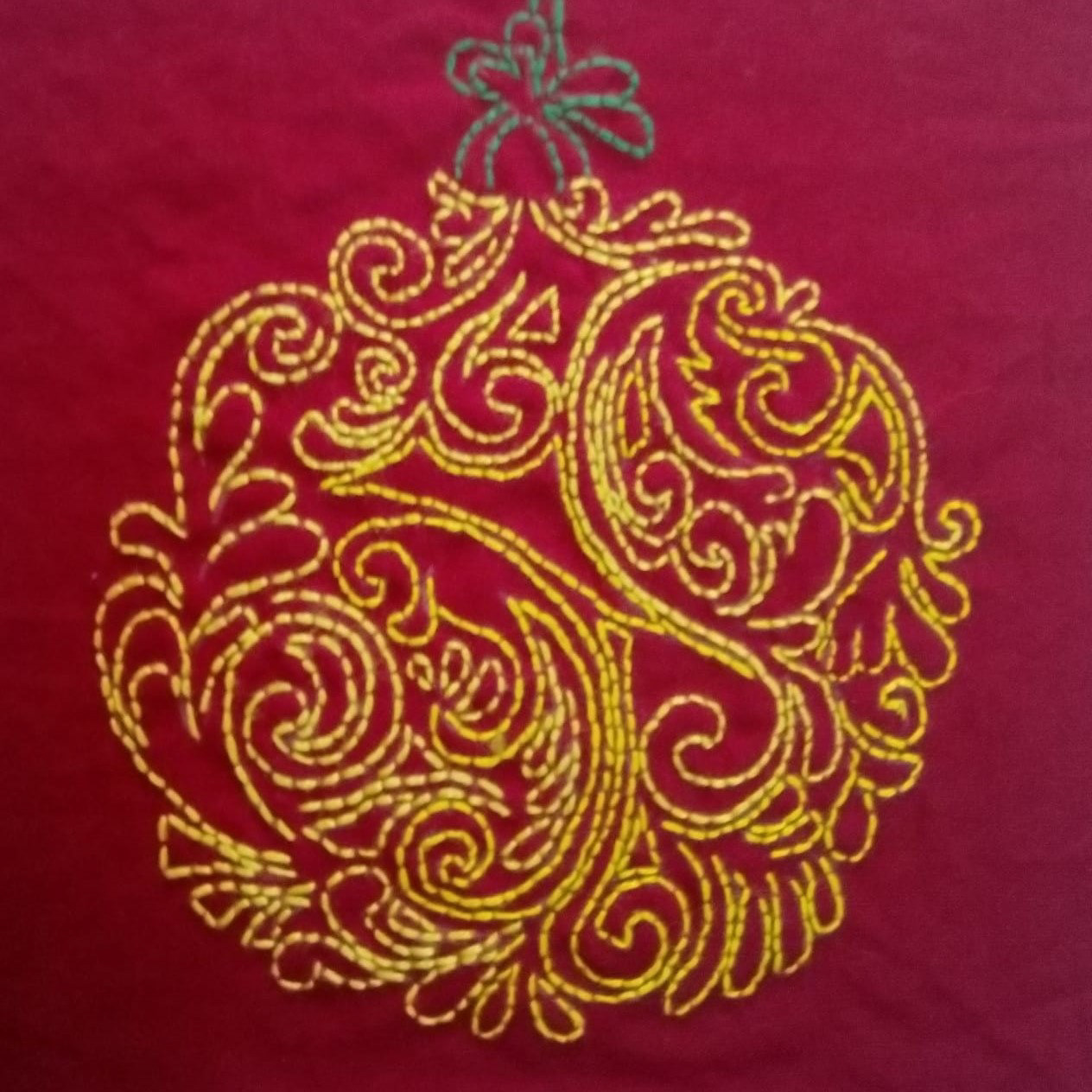
WOVEN SAMPLES
This collection showcases handwoven textile samples meticulously crafted on a frame loom, each measuring 8 inches by 8 inches. Designed as explorations in texture, pattern, and fiber interplay, these woven swatches reflect a balance between traditional hand-weaving techniques and contemporary material innovation.
This series of 8-inch by 8-inch frame loom woven samples serves as a study in both weaving fundamentals and creative experimentation, capturing the essence of handcrafted textiles while exploring new possibilities in fabric design.
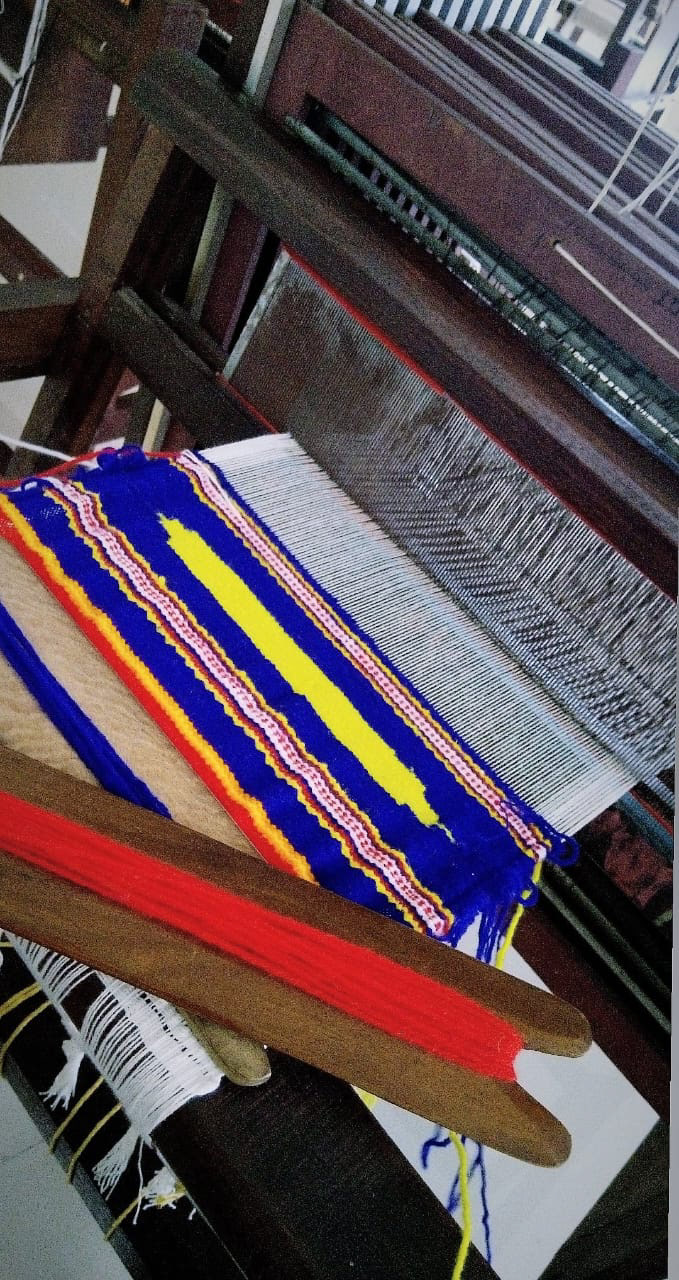
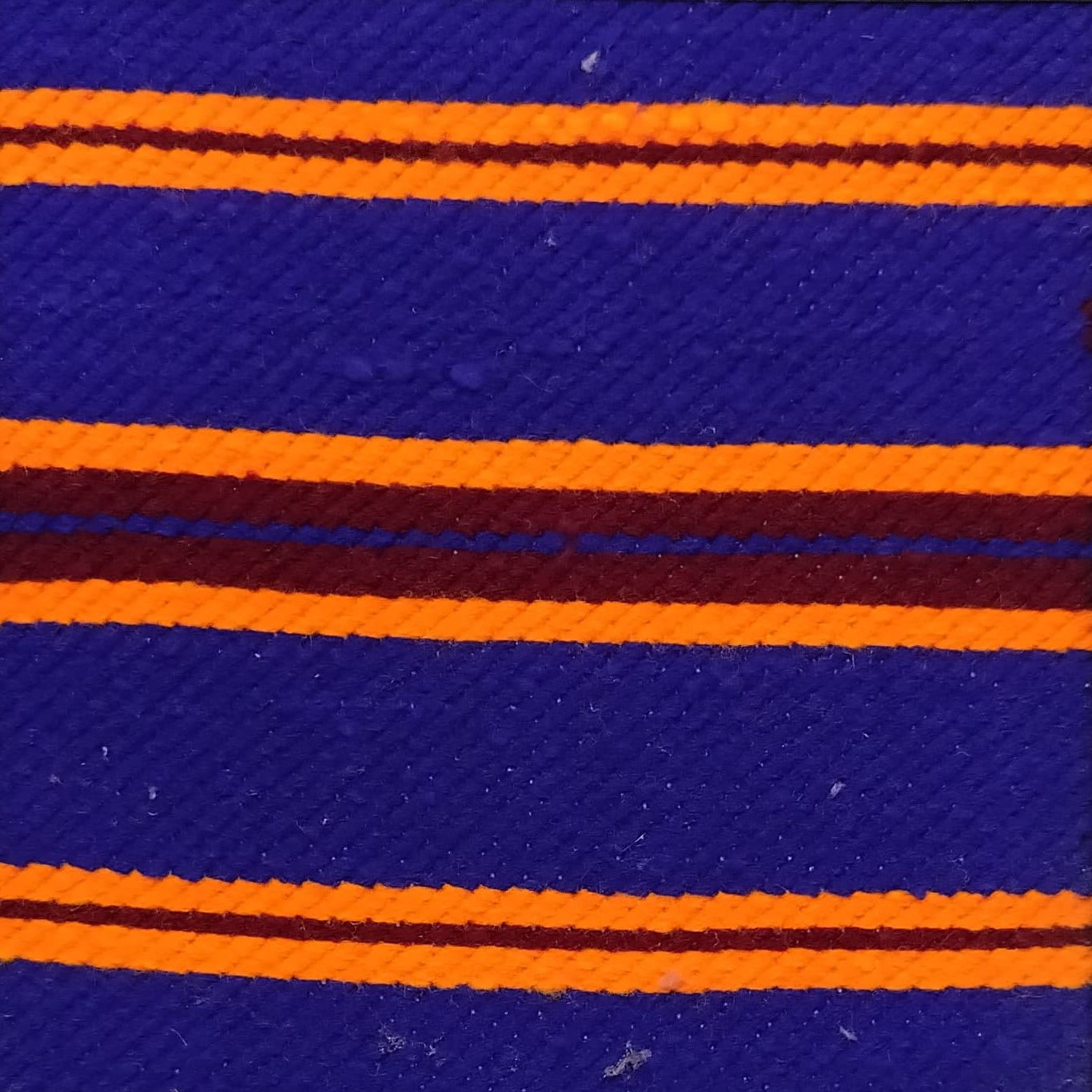
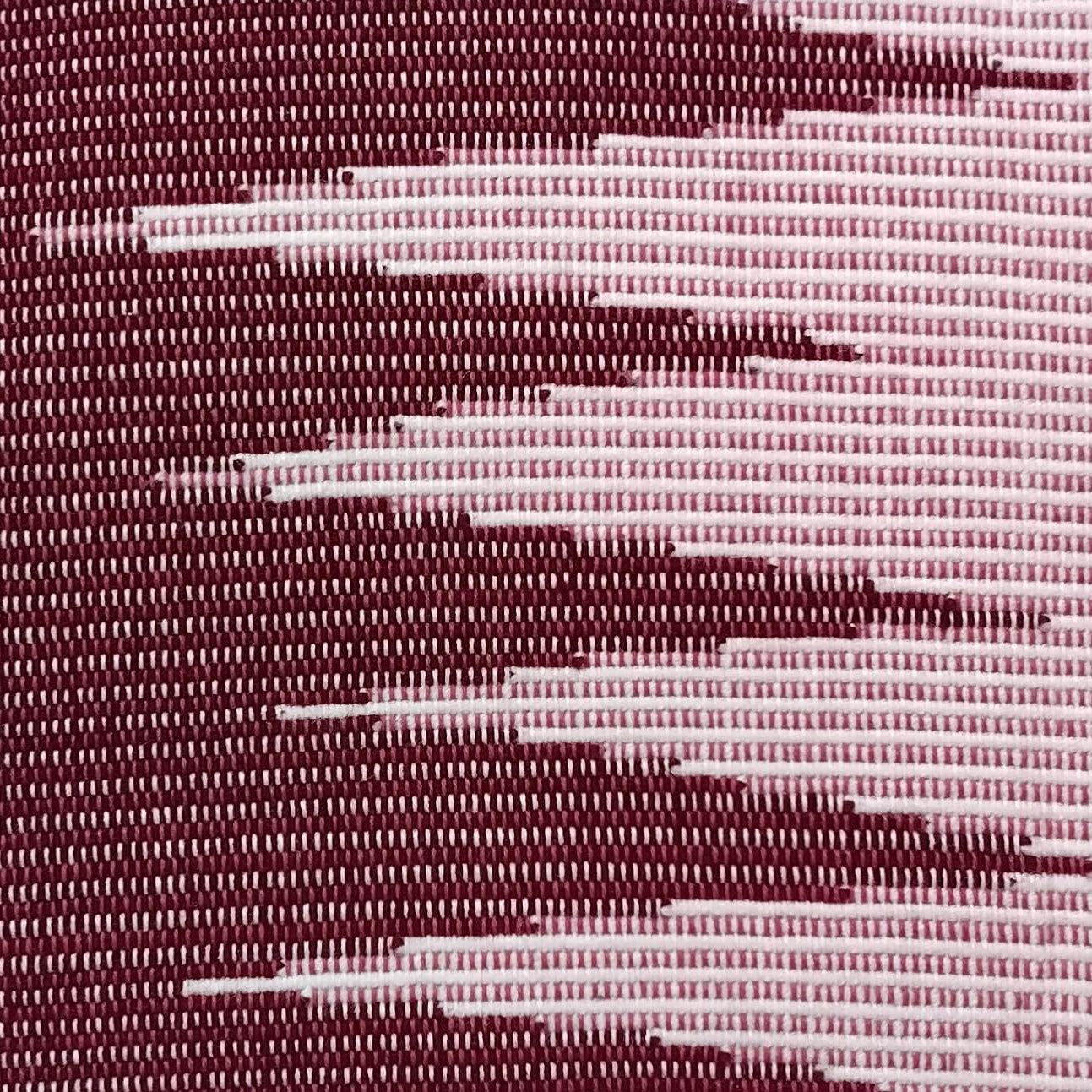
Weaving Process & Techniques
Each sample is carefully developed through a hands-on process that allows for experimentation with warp and weft arrangements, resulting in unique tactile and visual effects. The techniques explored include:
• Plain Weave & Variations – Establishing fundamental structures with subtle surface differences.
• Twill & Herringbone Weaves – Creating diagonal patterns that enhance drape and texture.
• Textured Weaving – Incorporating thick, fine, or mixed fibres to add depth and visual interest.
• Supplementary Weft & Tapestry Techniques – Introducing decorative elements and layered compositions.
Each sample is carefully developed through a hands-on process that allows for experimentation with warp and weft arrangements, resulting in unique tactile and visual effects. The techniques explored include:
• Plain Weave & Variations – Establishing fundamental structures with subtle surface differences.
• Twill & Herringbone Weaves – Creating diagonal patterns that enhance drape and texture.
• Textured Weaving – Incorporating thick, fine, or mixed fibres to add depth and visual interest.
• Supplementary Weft & Tapestry Techniques – Introducing decorative elements and layered compositions.
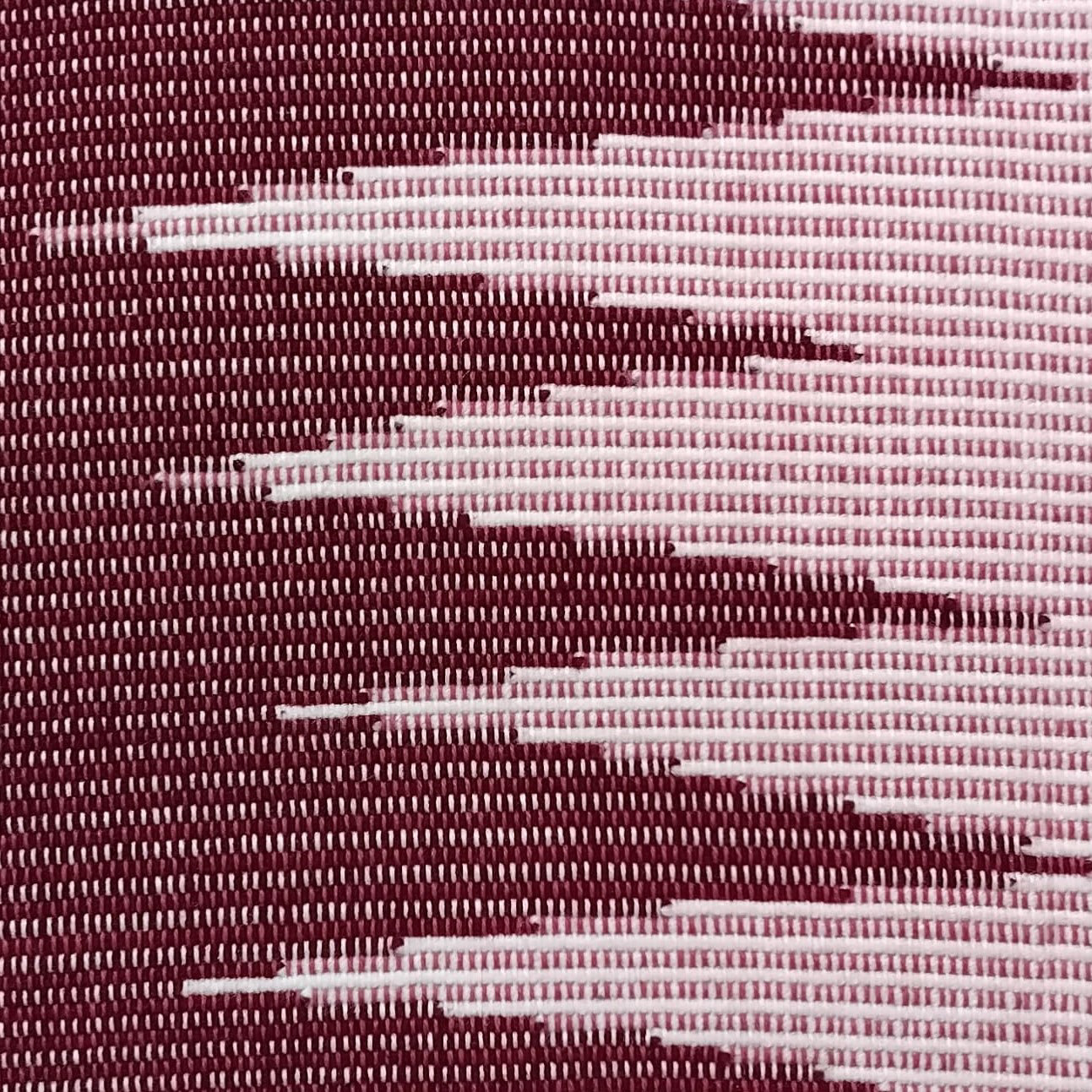
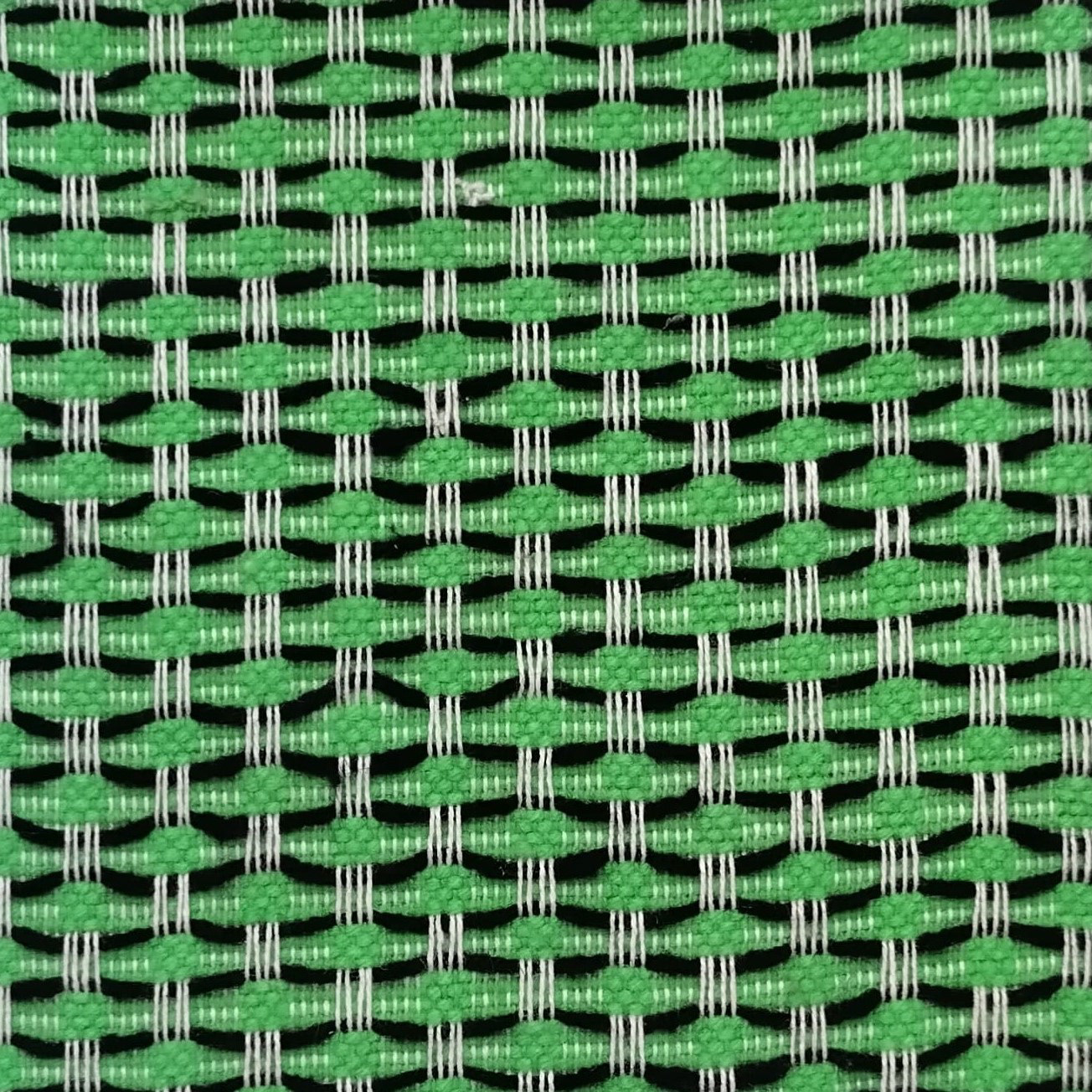

PRINT COLLECTION
This collection is a tribute to the timeless beauty of florals, designed specifically for the modern upper-middle-class homeowner who values worth for money. Developed for living room interiors, the collection blends premium print in digital print technique to create elegant, sophisticated textiles that enhance the ambience of refined spaces.
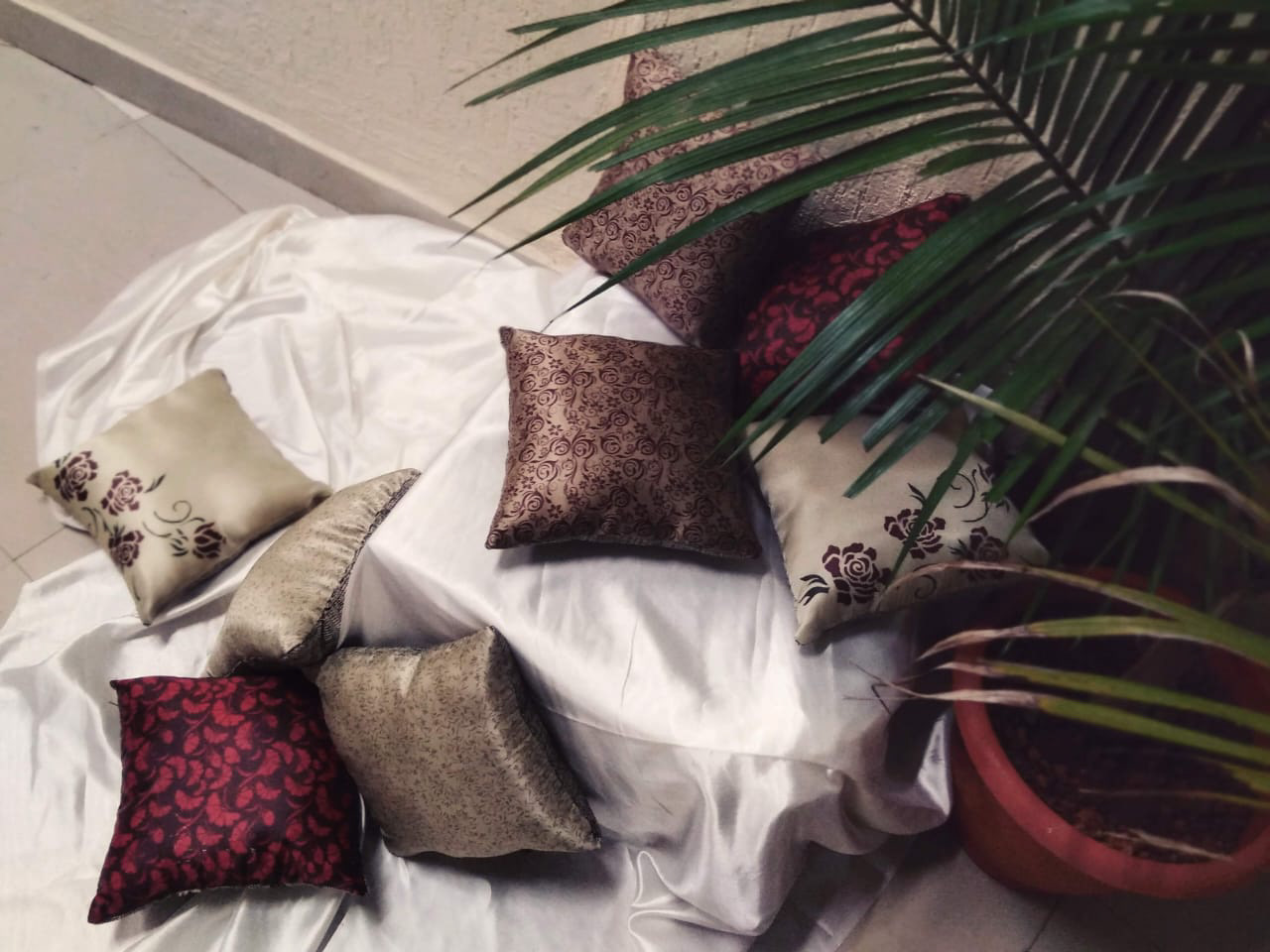
Print Development Process
A collection is developed for the living room based on a forecasted theme, which is an amalgamation of luxury and florals as suited for the Indian platform.
• Theme Selection – Based on different forecasts, a theme is selected that would be suitable for Indian customers.
• Product Selection – Curate a collection of products that the print needs to develop.
• Print Development– A collection of prints is developed with Adobe Illustrator for cushion covers. A final collection is developed.
A collection is developed for the living room based on a forecasted theme, which is an amalgamation of luxury and florals as suited for the Indian platform.
• Theme Selection – Based on different forecasts, a theme is selected that would be suitable for Indian customers.
• Product Selection – Curate a collection of products that the print needs to develop.
• Print Development– A collection of prints is developed with Adobe Illustrator for cushion covers. A final collection is developed.
Browse Portfolio:
